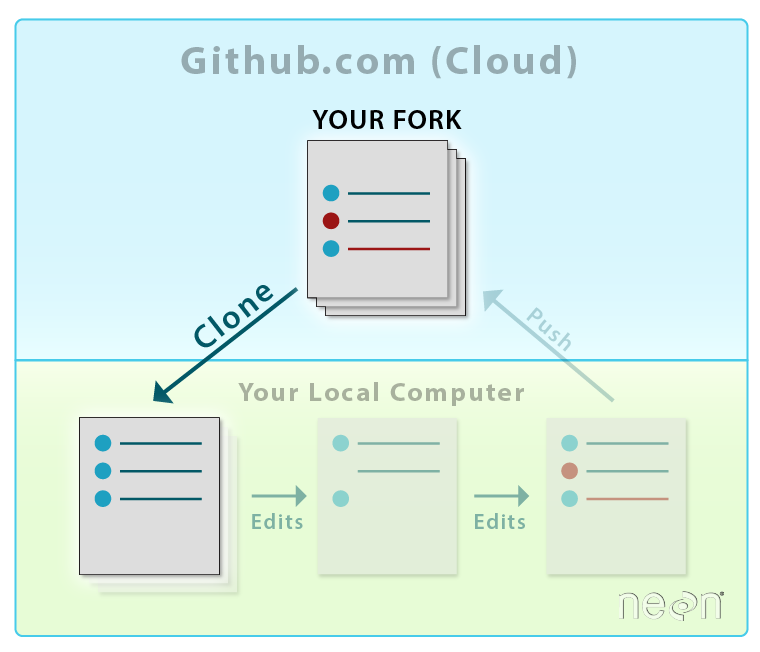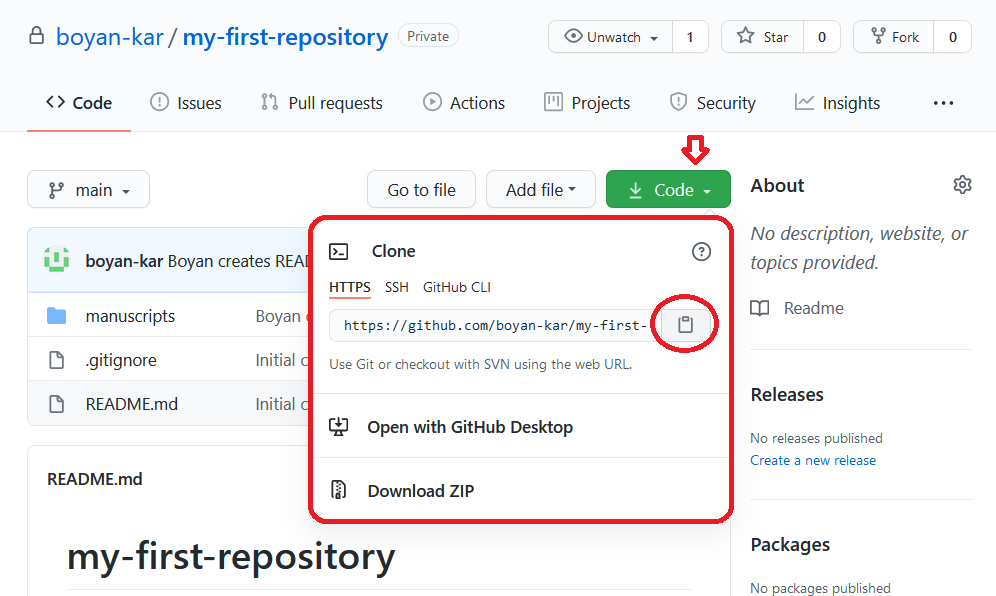

If you did not get results similar to the above, then either you have not yet configured your remote and/or your local working branch has no upstream branch. If you got results similar to the above, then you can just use git pull and git push to get new commits from/send new commits to your remote repo. Note 1: It is important to note that you do not need a Github account to use Git (or GitKraken) locally on your computer. At this point, you are ready to start working with a repository. Once you sign in, GitKraken will take you to it’s welcome screen.

Your branch is ahead of 'origin/' by X commits. Open it, and sign in using the credentials you used to sign up for a GitHub account. Next, make sure that the branch you have has an upstream. But it's good to check just in case: > git remote -v Your remote is probably already configured, given that this is a clone. I highly recommend learning the CLI commands first, and then using GUI tools for the convenience. It's hard to understand what these tools are doing for you because of all the visual layers.
Clone a repo gitkraken code#
I now have a local copy of my aspnet-core-webapi-baseline repository configured as desired to support adding my pending ASP.NET Core web service code (to be started in my next post).Aside: Gitkraken and tools like it are useful, but the downside is that they often obscure what's actually going on. I went out to my aspnet-core-webapi-baseline repository on GitHub where I could see the new and updated files. I then selected the newly committed files and pushed them to my remote GitHub repository. I then pushed the commits to my local repository.
 But its good to check just in case: > git remote -v origin
But its good to check just in case: > git remote -v origin I staged the files and committed them to my local repository. Your remote is probably already configured, given that this is a clone. Now I already have this repository on my local computer, so I copied these files from there into the root folder of my new local aspnet-core-webapi-baseline repository. gitattributes and global.json files from my standard master copies I previously created and stored in my BasicAspNetCoreSolutionStructure GitHub repository at the following location: I noticed that GitKraken had already committed the new files to the local Git repository. GitKraken opened the new local copy of my aspnet-core-webapi-baseline repository. I clicked the Open Now button next to the success message. GitKraken indicated that it created my new aspnet-core-webapi-baseline repository.
Clone a repo gitkraken full#
In the Full path input field, GitKraken automatically appended my new repository name as a subfolder to the path in which it will create and place the cloned repository. If the remote branch cannot be fast-forwarded, the push will be refused. Pushing attempts to upload any new commits to the remote branch, then fast-forward the remote to bring it up to date with the local repo. I selected my new aspnet-core-webapi-baseline repository from the Search Remotes list. Push the currently checked out branch by clicking Push in the main toolbar, or by right clicking on the branch, and selecting Push. In the Where to clone to input field, I entered C:\srcGit\ to use for the root folder of the new repository on my local computer. Then I launched GitKraken and I navigated to the Clone a Repo view.Īt the top of the right pane, I selected GitHub as the location of my remote repository. Although you can use the Git command line client to do this, I wanted to try out the GitKraken GUI application.įirst I downloaded GitKraken, installed it, and logged it into my GitHub repository. The reason I created the GitHub repository first is that I personally have found it is easier to check-in code from Visual Studio 2105 into an existing remote repository. From here I will periodically push my changes back to my remote repository on GitHub. I need to clone my brand new aspnet-core-webapi-baseline repository to my local computer so that I can start adding new code to it.


 0 kommentar(er)
0 kommentar(er)
